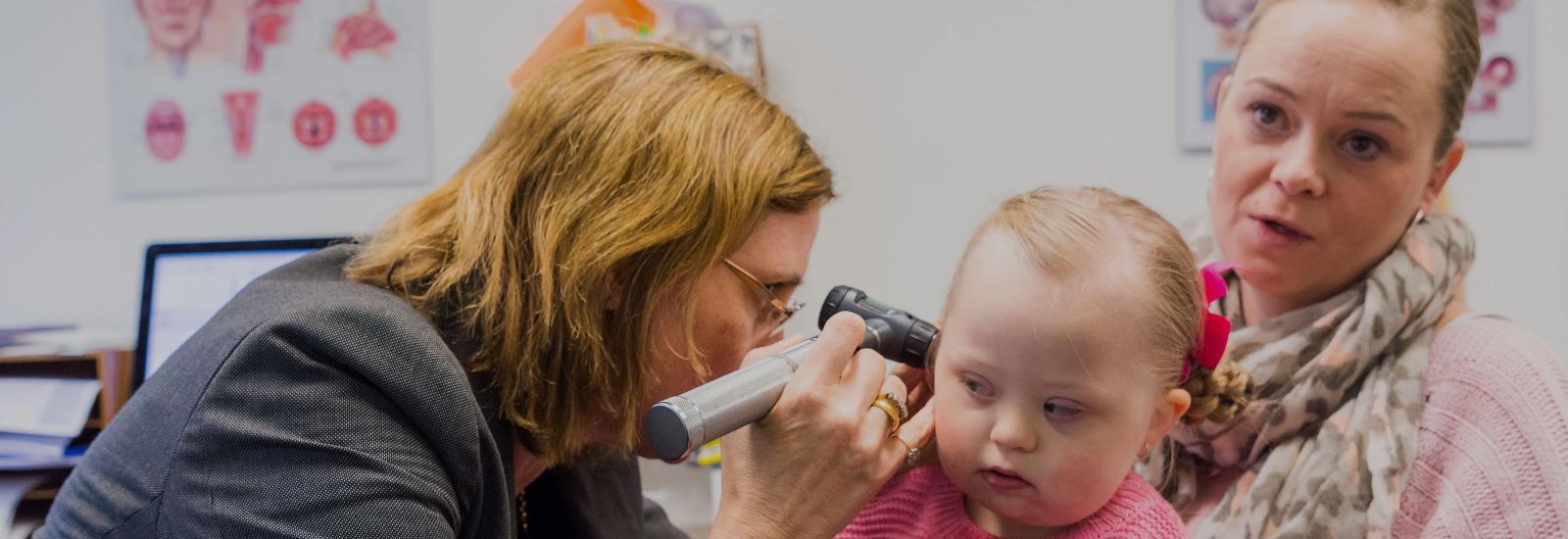Conditions which last longer than 6 months are classified as 'chronic' and those children and young people who have chronic conditions generally have complex care needs and so these conditions are often referred to as 'chronic complex' or 'complex chronic' and generally need small teams of medical specialists involved in a multidisciplinary approach to ensure that the many different elements of these conditions are managed. Links to the Children’s Hospitals network is important in providing co-ordinated management and care.
Allergic diseases
The incidence of allergic diseases is very high in Australia and continues to rise, with current estimates indicating that 10% of children under one year of age have an allergy to eggs and around 3% have a peanut allergy. Allergic reactions occur when the body's natural defence mechanism, the immune system, identifies a particular foreign substance, like pollen or pet dander, as potentially harmful and provokes an inflammatory response in the body. A lot of the time these allergic reactions are mild, but in a small number of cases a very severe and life-threatening response - anaphylaxis - can occur.
Asthma
In Australia asthma is common, particularly in boys aged up to 14 and it is especially prevalent in the indigenous community (around twice the rate in the general population). The fundamental cause or causes of asthma are not fully understood and probably multifactorial. Children and young people with the condition have shortness of breath and difficulty breathing, often accompanied by wheezing, coughing and sometimes pain in the chest. It can be triggered by a range of things, for example exposure to cigarette smoke, infection, air pollution, physical exertion and allergy triggers and even by weather conditions. Diagnosis can be difficult as often an episode of asthma occurs quite some time after exposure to the trigger. It is difficult to make a formal diagnosis before 1 year of age. However often there maybe a history of bronchiolitis previously or a strong family of asthma.
Diabetes
Diabetes (diabetes mellitus) is the fastest growing chronic condition in Australia, with an estimated 1.5 million Australian affected. It has two forms which can affect children and young people - Type 1, which is an autoimmune condition where no (or only very small amounts) of insulin are produced by the pancreas and Type 2 which is more common, and is a progressive condition where the body slowly develops a resistance to insulin. In both types the ineffectiveness or lack of insulin production means that the body cannot regulate glucose levels in the blood and either high levels (glycaemia) or low levels can result, either of which can cause major medical issues. Type 2 diabetes is increasingly common in children, with around 400 young people aged 10-24 being diagnosed in Australia every year.
Cancer
There are some types of cancer that are more common in children than in the adult population. The most common of these are...
- Germ cell tumours (cancer that develops in reproductive cells).
- Glioma / Medulloblastoma (cancers of the brain and central nervous system).
- Leukaemia (cancer affecting the blood and bone marrow).
- Lymphoma (cancer in lymph tissue - one type also known as Hodgkins Lymphoma).
- Neuroblastoma (cancer that develops in nerve tissue in the chest/abdomen).
- Osteosarcoma / Ewing's sarcoma (bone cancers).
- Retinoblastoma (cancer that develops in the eye).
- Rhabdomyosarcoma (cancer affecting muscle/soft tissue).
- Wilm's tumour (cancer affecting the kidneys).
Cerebral palsy
Cerebral palsy is caused where damage has occurred to the brain either in the womb or shortly after birth. It occurs in around 1 in 700 births and around 34,000 people in Australia have the condition. It causes problems with muscle control and body movement and in some cases it may cause intellectual disability and/or visual, hearing and speech problems.
Crohn's disease
Crohn's disease, which is a chronic inflammatory condition affecting the bowel, is increasingly common in children and young people, with some global statistics indicating up to 30% of patients being diagnosed at under the age of 20. In addition to the general symptoms of diarrhoea and abdominal pain, in children and young people it can also cause delayed onset of puberty, growth failure and malnutrition.
Cystic fibrosis
This is an inherited condition that affects the lungs and gastrointestinal tract as well as sweat glands and the reproductive system. It is characterised by the production of thick mucus that blocks airways and the lungs and children with the condition are at increased risk of lung infection and malnutrition
Epilepsy
Although epileptic seizures can develop at any age, children represent the largest group of sufferers - 40% of all diagnoses of epilepsy in Australia are in children.
Musculoskeletal conditions
In children and young people, trauma is the primary cause of musculoskeletal conditions, particularly sports injuries from specific sports such as cycling, contact sports and gymnastics.
Conditions affecting hearing and sight
These can be as a result of injury or a medical and/or inherited condition.
